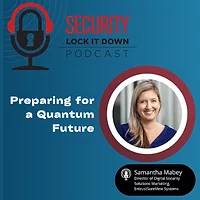

Logical Security
Image courtesy of: monsitj (iStock / Getty Images Plus)
Learn about logical security strategies and technologies that protect digital assets, data, and networks from unauthorized access and cyber threats.
Articles
More ArticlesPodcasts
More PodcastsBlog Posts
See MoreSign-up to receive top management & result-driven techniques in the industry.
Join over 20,000+ industry leaders who receive our premium content.
SIGN UP TODAY!Copyright ©2025. All Rights Reserved BNP Media.
Design, CMS, Hosting & Web Development :: ePublishing






